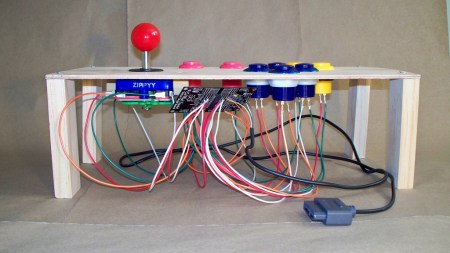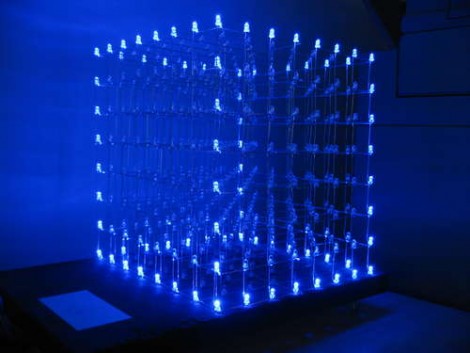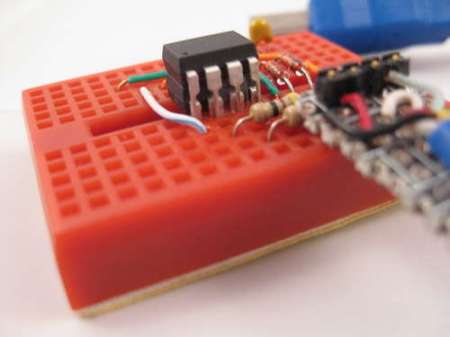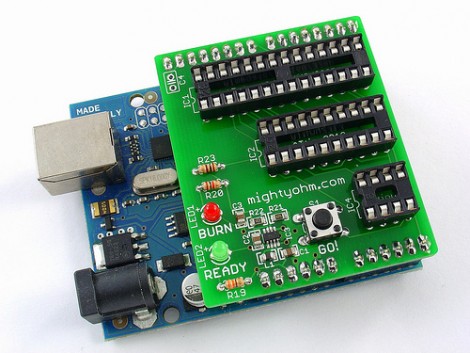
It looks like [rossum] and [Ladyada] have teamed up and been busy working on the microtouch. Since we covered it last year its had a few minor improvements like an upgrade to the ATmega32u4 microprocessor and some new software. The new and improved microtouch also features an accelerometer as well as some software to go along with it. Plus its now for sale on adafruit for about a quarter the price of an ipod touch (just in case you don’t feel like making your own).
For the unaware the microtouch is a lightweight AVR based ipod touch. It comes with a bootloader which allows you to download your “apps” to the microtouch without the need for an AVR programmer. While it may lack some of the computing power and features of the ipod touch (like music), the microtouch is definitely appealing for its open hardware/software and easy to use touch screen.
















